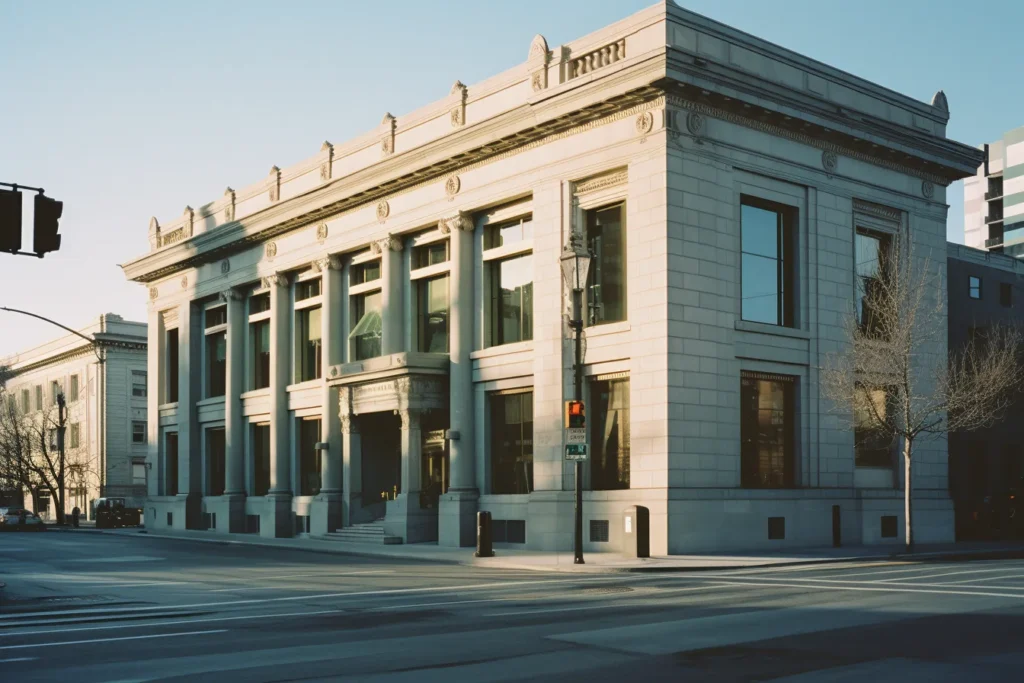TLDR:
- Microsoft plans to build a 400-acre campus in the Sammamish Valley in Redmond, Washington, dedicated to “smart campus” technology and sustainable practices.
- The new campus will house up to 8,000 employees and will include hiking trails, sports fields, and green spaces, focused on improving wellbeing and collaboration.
- Microsoft is committed to reducing carbon emissions and plans to achieve carbon neutrality by 2030, with the help of the new campus’s sustainable infrastructure.
- The project’s design will prioritize water conservation, support wildlife habitat, manage stormwater, and feature natural lighting.
Microsoft has announced plans to build a new 400-acre campus in Redmond, Washington, dedicated to “smart campus” technology and sustainability. The new campus, set to house up to 8,000 employees, will be designed with a focus on employee wellbeing and collaboration.
With an aim to become carbon neutral by 2030, Microsoft’s new campus will play a crucial role in achieving this goal. The company plans to use sustainable practices and technologies to reduce its carbon emissions. By implementing smart building design, efficient transportation systems, and renewable energy sources, Microsoft aims to make its campus a showcase for sustainability.
The campus will be located in the Sammamish Valley, with its design intended to preserve and enhance the natural environment. The plans include hiking trails, sports fields, and green spaces that employees can enjoy during breaks and after work. Microsoft recognizes the importance of nature and outdoor spaces in promoting employee wellbeing and improving collaboration.
In addition to fostering employee health and collaboration, the new campus will prioritize water conservation. The design includes features such as rainwater collection systems, native plantings that require less water, and advanced stormwater management techniques. These measures will help minimize the campus’s impact on the local water ecosystem and promote resilience to climate change.
The sustainable infrastructure of the campus will also support wildlife habitat, with plans to create areas where local flora and fauna can thrive. Microsoft aims to create a harmonious relationship between the campus and the surrounding natural environment, taking into account the needs of local wildlife and ecosystems.
The campus’s buildings will be designed to maximize natural lighting and reduce energy consumption. With large windows, skylights, and well-placed interior spaces, Microsoft intends to minimize the need for artificial lighting during daylight hours. This practice aligns with the company’s commitment to energy efficiency and reducing its carbon footprint.
Ultimately, Microsoft’s investment in this new campus demonstrates its dedication to sustainable practices and its commitment to creating a positive impact on both its employees and the environment. By building a smart campus focused on employee wellbeing, collaboration, and sustainability, Microsoft sets an example for other organizations and contributes to the ongoing efforts to combat climate change.







